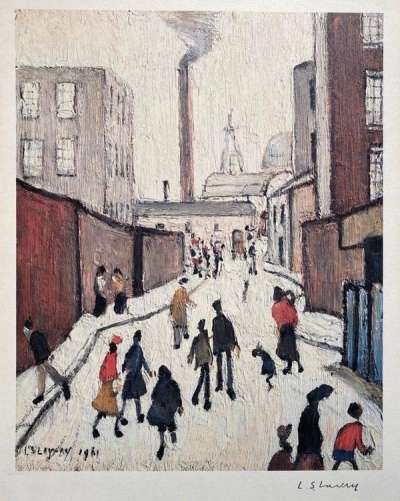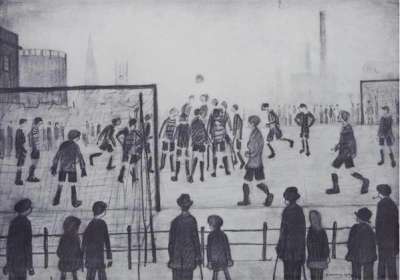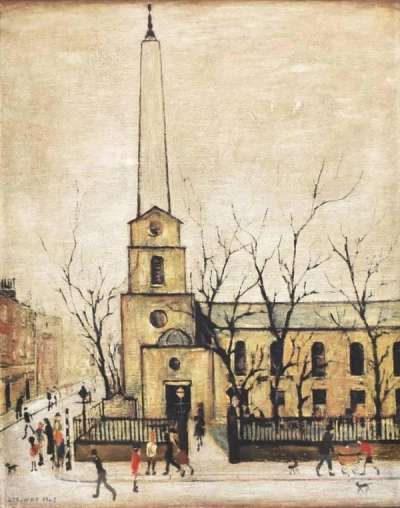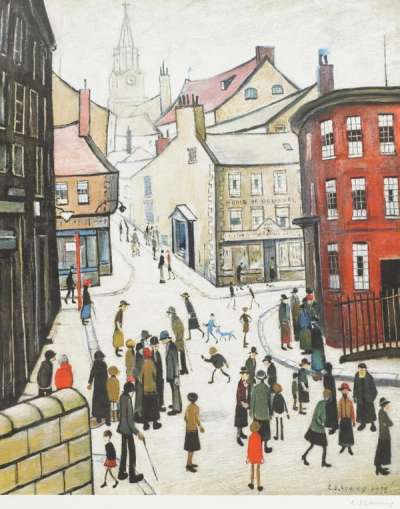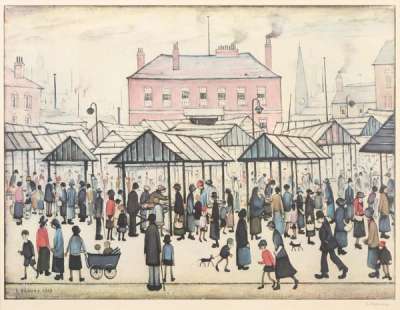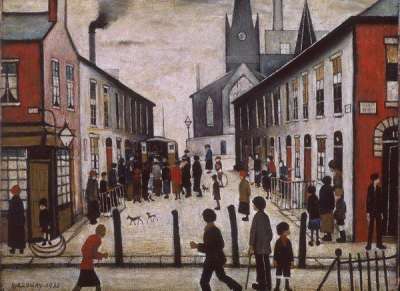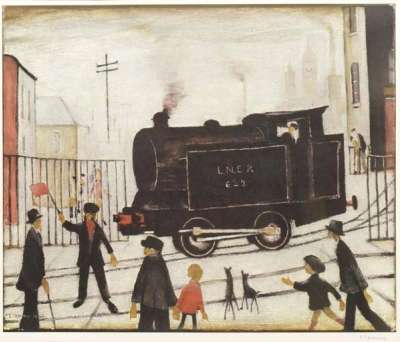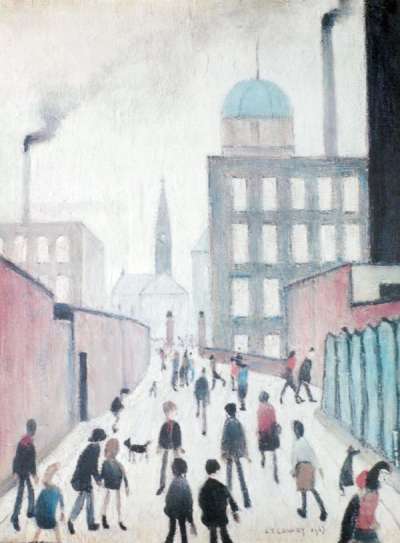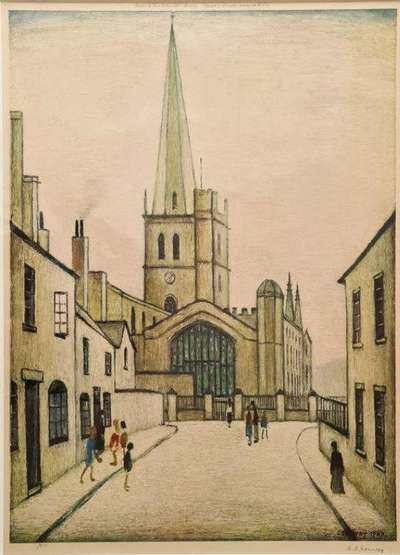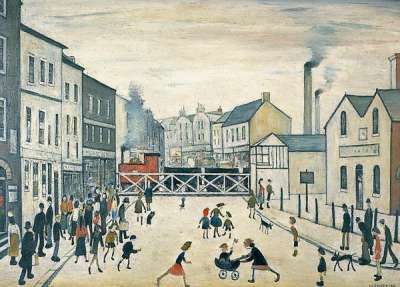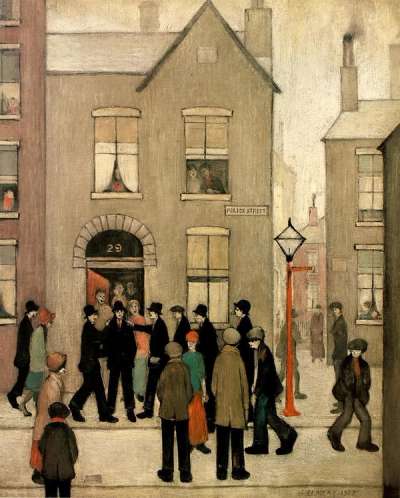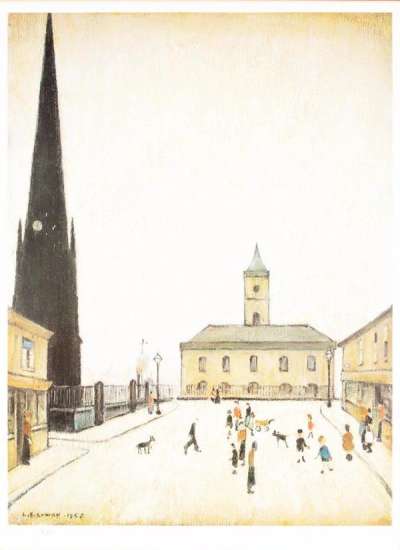
Punch And Judy
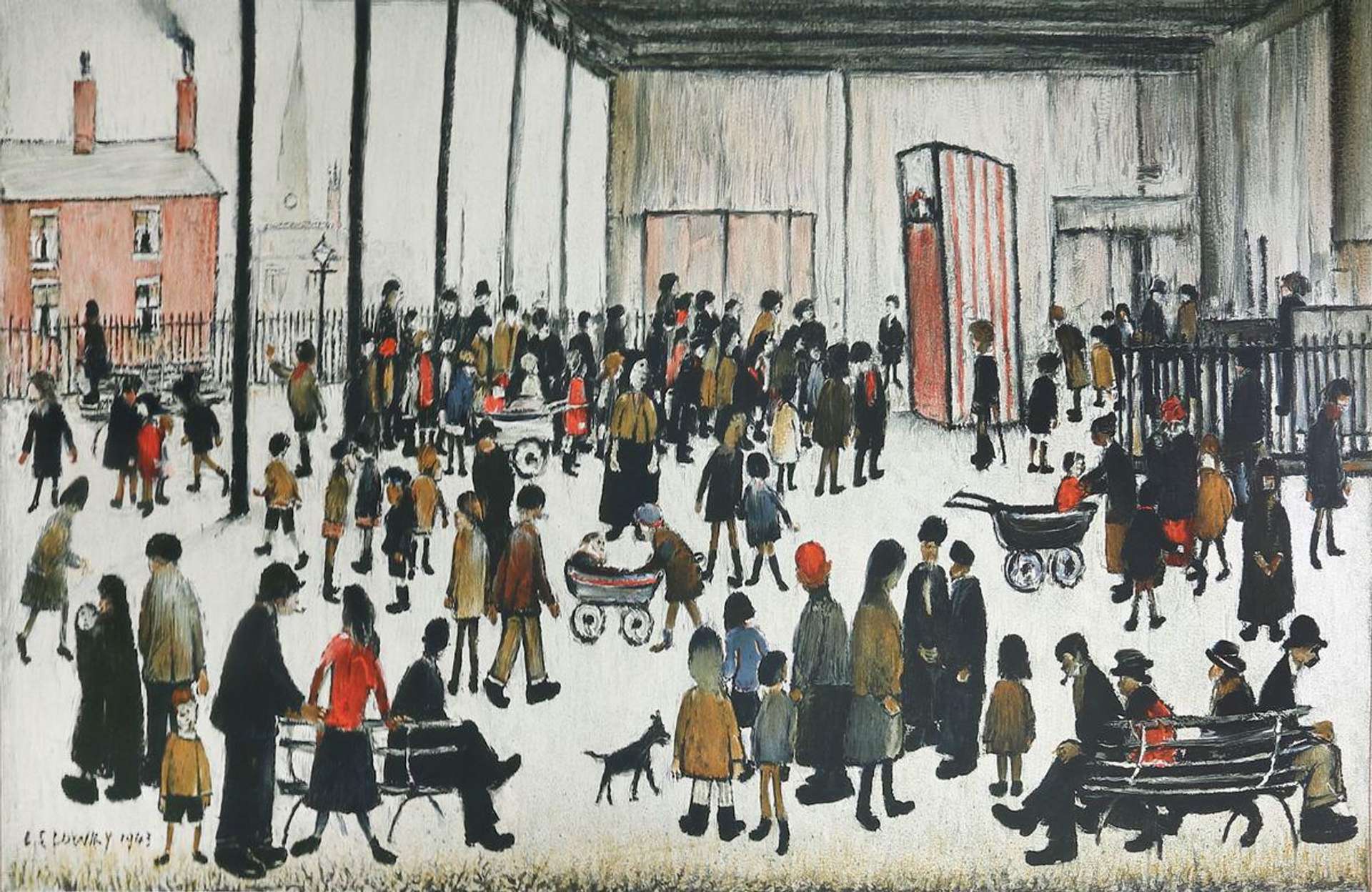
Punch And Judy
Signed Print
L S Lowry
£2,500-£3,750Value
Indicator
$4,850-$7,500 Value Indicator
$4,250-$6,500 Value Indicator
¥23,000-¥35,000 Value Indicator
€2,900-€4,400 Value Indicator
$25,000-$35,000 Value Indicator
¥480,000-¥710,000 Value Indicator
$3,150-$4,700 Value Indicator
AAGR (5 years) This estimate blends recent public auction records with our own private sale data and network demand.
There aren't enough data points on this work for a comprehensive result. Please speak to a specialist by making an enquiry.
Medium: Lithograph
Edition size: 75
Year: 1943
Size: H 44cm x W 68cm
Signed: Yes
Format: Signed Print
TradingFloor
MyPortfolio
Your collection tracked in real time.
Build your portfolio, manage valuations, view return against your collection and watch works you're looking for.
Track auction value trend
Auction Results
| Auction Date | Auction House | Artwork | Hammer Price | Return to Seller | Buyer Paid |
|---|---|---|---|---|---|
| May 2023 | Lots Road Auctions - United Kingdom | Punch And Judy - Signed Print | |||
| January 2023 | Lyon & Turnbull Edinburgh - United Kingdom | Punch And Judy - Signed Print | |||
| October 2020 | Bonhams Knightsbridge - United Kingdom | Punch And Judy - Signed Print | |||
| September 2020 | Lyon & Turnbull Edinburgh - United Kingdom | Punch And Judy - Signed Print | |||
| November 2016 | Bonhams Knightsbridge - United Kingdom | Punch And Judy - Signed Print | |||
| June 2014 | Bonhams San Francisco - United States | Punch And Judy - Signed Print | |||
| February 2014 | Bonhams New Bond Street - United Kingdom | Punch And Judy - Signed Print |
Meaning & Analysis
Punch And Judy is a typical scene by L. S. Lowry from 1943, showing a mass of people from all walks of life going about their daily business. As with many of the artist’s works, this scene is depicted in simple colours. Lowry often claimed to use just five colours in his paintings, vermillion, ivory black, Prussian blue, yellow ochre and flake white.
As implied by the print’s title, the background of this scene shows crowds of people gathering to watch the traditional British puppet show ‘Punch and Judy’ that features the characters Mr. Punch and his wife Judy. These puppet booths were iconic features of English seaside resorts and working class leisure time, and so this subject is apt for Lowry in his depiction of working people on their days off in town.
The composition is crammed full of people, providing the print with the frenetic energy of city life. Despite the busy, swarm of people that creates a sense of bustle to the image, like many of Lowry’s works there is a solemn and lonely element to this print. The figures, though in close proximity to one another, seem isolated from one another and from the viewer who looks to the bustling crowd from an elevated distance.
